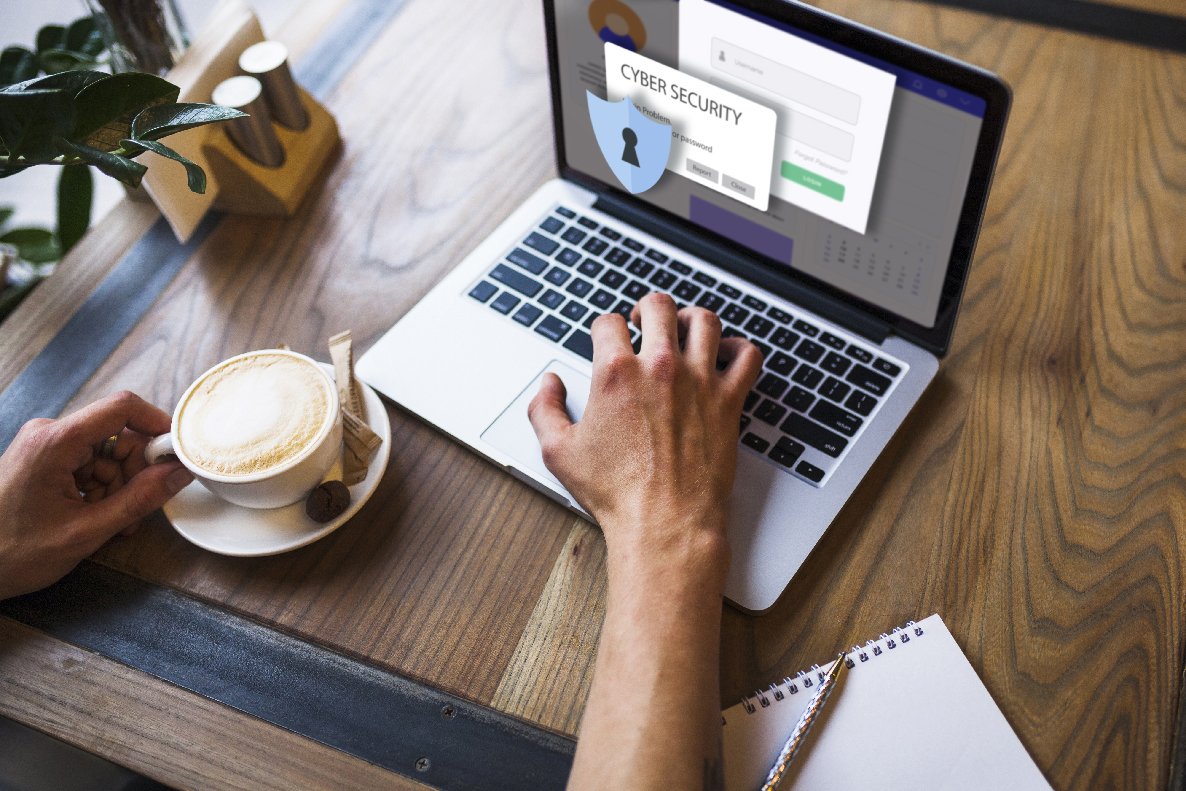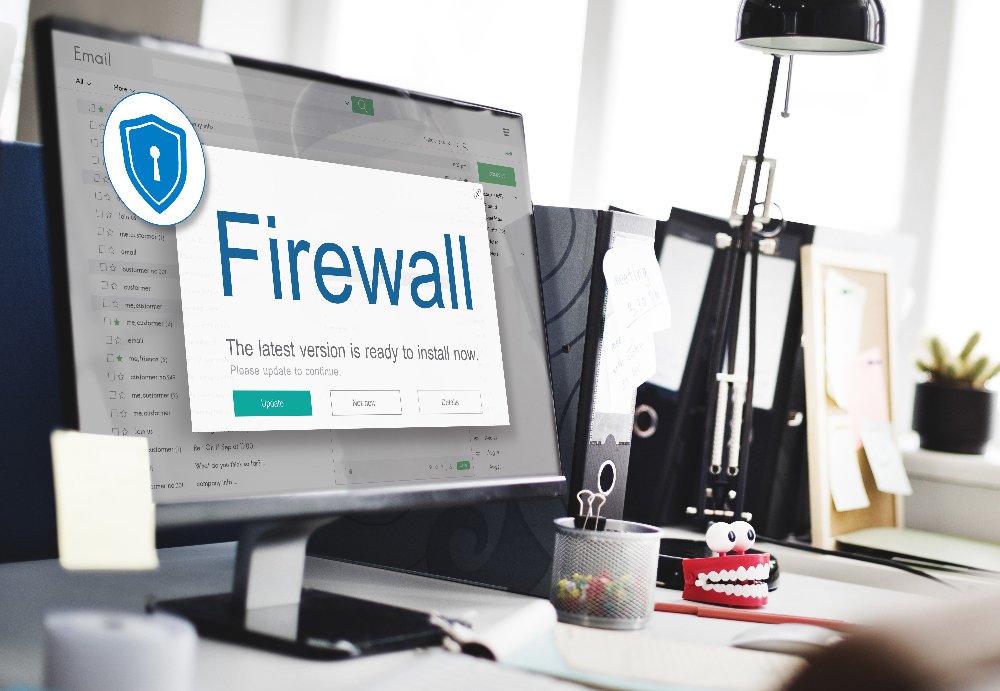In today’s interconnected digital landscape, where websites serve as the primary interface between businesses and their audience, ensuring robust security measures is imperative. From small blogs to large e-commerce platforms, every website is a potential target for cyber threats such as hacking, malware injections, and data breaches. As website owners, it’s our responsibility to safeguard not only our own interests but also the privacy and security of our visitors. In this blog post, we’ll explore effective strategies to enhance website security and introduce WP Safe Zone, a powerful plugin designed to fortify WordPress websites against a myriad of threats.
Understanding the Importance of Website Security
Before diving into specific security measures, it’s essential to grasp why website security matters. Your website is more than just an online presence; it’s a digital storefront, a platform for communication, and a repository of sensitive data. A breach in security can have far-reaching consequences, including financial loss, reputational damage, and legal liabilities. By prioritizing website security, you not only protect your own interests but also build trust with your audience, demonstrating your commitment to their privacy and safety.
Common Threats to Website Security
- Malware Infections: Malicious software, or malware, can infect your website through vulnerabilities in software, plugins, or themes. Once installed, malware can compromise sensitive data, hijack user sessions, and even deface your website.
- Brute Force Attacks: In a brute force attack, hackers attempt to gain unauthorized access to your website by systematically trying different combinations of usernames and passwords until they find the correct credentials. This can lead to unauthorized access to sensitive information or complete control over your website.
- SQL Injection: SQL injection attacks exploit vulnerabilities in web applications that use SQL databases. By injecting malicious SQL code into input fields, attackers can manipulate databases, steal data, or even take control of the entire website.
- Cross-Site Scripting (XSS): XSS attacks involve injecting malicious scripts into web pages viewed by other users. These scripts can steal session cookies, redirect users to phishing websites, or deface the website.
- DDoS Attacks: Distributed Denial of Service (DDoS) attacks overwhelm a website with a flood of traffic, rendering it inaccessible to legitimate users. These attacks can disrupt business operations, cause financial losses, and tarnish the website’s reputation.

Strategies to Enhance Website Security
- Keep Software Updated: Regularly update your website’s software, including the CMS (such as WordPress), plugins, and themes. Developers often release security patches to address vulnerabilities, and staying up-to-date ensures you’re protected against known threats.
- Use Strong Passwords: Enforce strong password policies for user accounts, including a combination of uppercase and lowercase letters, numbers, and special characters. Consider implementing multi-factor authentication (MFA) for an extra layer of security.
- Implement SSL Encryption: Secure Sockets Layer (SSL) encryption encrypts data transmitted between a user’s browser and your website, ensuring it remains confidential and integral. SSL certificates are essential, particularly for websites that handle sensitive information such as payment details.
- Backup Regularly: Maintain regular backups of your website’s files and databases. In the event of a security breach or data loss, backups allow you to restore your website to a previous, uncorrupted state.
- Limit Access Permissions: Restrict access to sensitive areas of your website, such as the admin dashboard, to authorized users only. Assign appropriate permissions based on roles and responsibilities to minimize the risk of insider threats.

Introducing WP Safe Zone: Enhancing WordPress Website Security
For WordPress users seeking a comprehensive security solution, WP Safe Zone emerges as a powerful ally in fortifying their websites against cyber threats. Developed by a team of security experts, WP Safe Zone is a feature-rich plugin designed to proactively protect WordPress websites from malware, hacking attempts, and other malicious activities.
Key Features of WP Safe Zone:
- Malware Scanning and Removal: WP Safe Zone employs advanced scanning algorithms to detect and remove malware, malicious code, and suspicious files from your WordPress installation.
- Firewall Protection: Benefit from robust firewall protection that filters incoming traffic, blocking malicious requests and preventing unauthorized access to your website.
- Brute Force Attack Prevention: Safeguard your website against brute force attacks by implementing intelligent login throttling and CAPTCHA challenges to deter automated login attempts.
- Security Hardening: WP Safe Zone enhances the security posture of your WordPress site through various hardening measures, including file permissions, database security, and security header implementation.
- Real-time Threat Intelligence: Stay informed about the latest security threats and vulnerabilities with WP Safe Zone’s real-time threat intelligence updates, ensuring proactive defense against emerging risks.
- Incident Response and Recovery: In the unfortunate event of a security breach, WP Safe Zone provides comprehensive incident response capabilities, guiding you through the recovery process and minimizing downtime.
- Regular Updates and Support: WP Safe Zone is continuously updated to address new security challenges and backed by responsive customer support to assist you whenever needed.
Conclusion: Prioritizing Website Security with WP Safe Zone
In an era where cyber threats are omnipresent, safeguarding your website against malicious activities is not optional—it’s a necessity. By implementing robust security measures and leveraging solutions like WP Safe Zone, you can significantly reduce the risk of security breaches and protect the integrity of your online presence. Remember, investing in website security is an investment in the trust and safety of your audience. Take proactive steps today to strengthen your website’s defenses and ensure peace of mind for yourself and your visitors.



